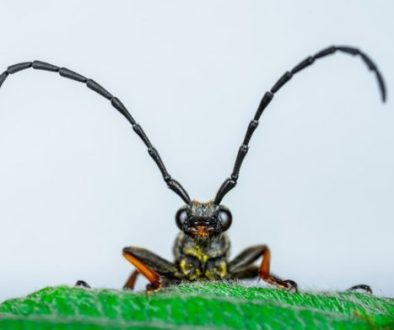Speed Eating… Yes or No?
In a hurry? Yup, we all seem to be in a hurry. Take a bite, chomp a couple of times, then swallow. Finishing our food in minutes and off we go to some other activity.
Have you ever felt a tummy ache, acid reflux, or bloated after speed eating? No surprise if you have, because digestion begins in the mouth. We’ve all heard, “chew your food”, but it gets away from us to sit quietly and chew.
But really, how important is it anyway? Well, chewing your food may be the most vital part of the digestive process. Simply because, without chewing, your food is not going to breakdown and be absorbed without the initiation of chewing. Here’s why:
- Incomplete chewing may lead to any or all the following:
- incomplete digestion or indigestion
- malabsorption of nutrients from foods
- undigested food that remains in the intestinal tract
- sluggish intestines, which may result in weight gain or stagnation
- increased bacterial overgrowth
- flatulence
- delayed feelings of being “satisfied,” which may result in overeating
- symptoms of indigestion such as burping or acid reflux
What’s the best way to ensure your food is chewed? Simply:
- Chew each mouthful of food 20-30 times, or until mush, prior to swallowing so that the saliva and enzymes have a chance to break down your food to maximize absorption in the small intestines.
More tips to keep your digestion humming: pages 12-15 Intestinal Health ~ A Practical Guide to Complete Abdominal Comfort http://amzn.to/2ckb2Mm
My favorite analogy images you are putting the key in the ignition of your car, yet not turning the key to start and move it down the road. Basically, not chewing is the same, putting the food in but not turning it to start the digestive engines and moving it down the tract. See how this works:
ANALOGY: “START YOUR ENGINES”
For simplicity, let’s look at starting a car and driving it down the road as an eight-step process:
- Place the key in the ignition, turn the key, and a signal is sent.
- The signal, electricity, is sent to the starter solenoid, which sends power from the battery to the starter motor.
- Simultaneously, a current is sent to the small gears of the starter motor.
- The small gears mesh with the larger gears of the flywheel or crank shaft, which “turns” the engine.
- Gas is sucked through the fuel injectors to the cylinders and spark plugs.
- Once the gas mixture is suitable, the spark plugs ignite the gas and the engine starts.
- Place the car in gear.
- Push down on the gas pedal and the car moves down the road!
You can think of chewing your food completely in the same eight steps:
- Put food in your mouth and chew.
- Chewing adds lipase enzymes from under the tongue.
- Chewing activates and blends saliva
- Chewing simultaneously triggers the stomach to produce HCl to break down food particles further.
- Chewing activates the production of pancreatic enzymes to assist in digestion and nutrient absorption.
- Chewing activates the liver and gallbladder to add digestive enzymes, regulate blood glucose, and create bile to regulate several of the biochemical reactions of digestion.
- Chewing initiates enzyme production in the duodenum to blend with all of the other enzymes, HCl, saliva, lipase, cholesterol, and bile (micelles) to create the perfect “food matter” and maximize digestion.
- Chewing initiates, the peristalsis action to “cork screw” the “food matter” down the small and large intestines to the exit!
Without chewing, food may just sit in the intestines—and nothing good can come from that!
Take your time and chew!
Fast Health Tip & Recipe Videos: http://bit.ly/1RYWcvN – SUBSCRIBE.



